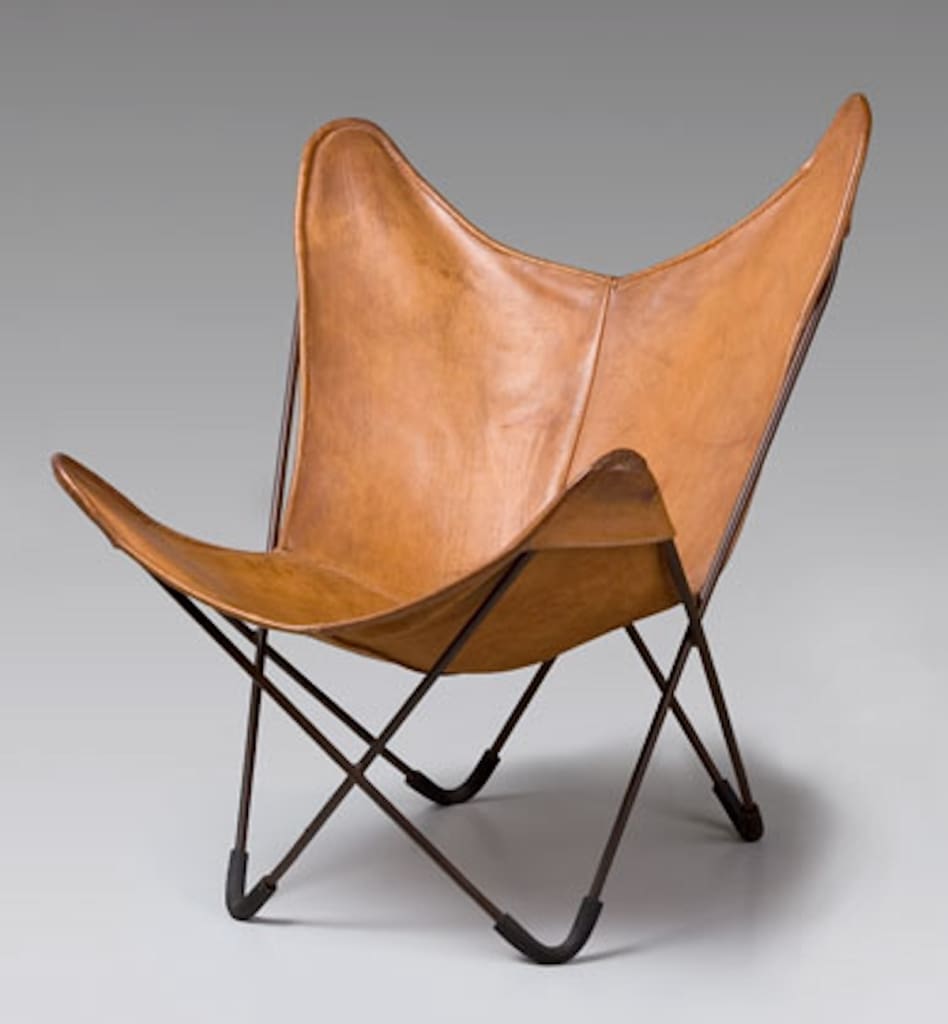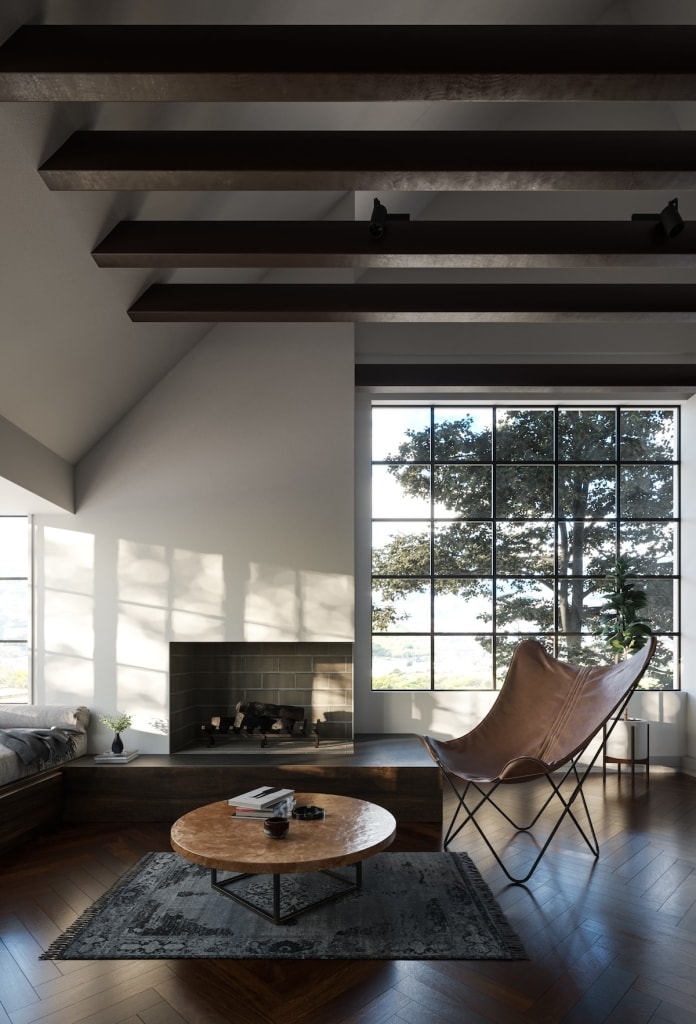August 11, 2024, 4:33 pm | Read time: 4 minutes
The Butterfly Chair is among the most famous designs of modern times. Its design was unconventional, especially for the era in which it was created. Its history is also unique, marked by both success and disillusionment. myHOMEBOOK author and interior designer Odett Schumann explains the background of this furniture classic.
Even though the Butterfly Chair (in German: Schmetterlingssessel/-stuhl) is known worldwide and quickly saw impressive demand, it didn’t necessarily follow a classic success story. On the contrary, what soon followed was a rude awakening. Yet, the Butterfly Chair is considered a classic today, still popular in interior and exterior design.
Unparalleled Comfort

No seating seems to convey its comfort as well as the famous Butterfly Chair. Its design stands out from other chairs on the market and somewhat resembles a typical camping chair. Like such a model, the classic’s seating position is significantly lower compared to conventional seating.
The design, featuring a lightweight frame made of bent solid metal round profile rods with four firmly welded crossing points, appears straightforward and simple. However, there’s no trace of padding, which is usually common for this type of furniture. The unusual model only has a cover, sometimes made of fabric, sometimes leather, which is loosely hung over the frame’s bends like a hammock. This elegant construction of the Butterfly Chair also resembles a butterfly. Similarly, the comparison to flying foxes is apt, which is why it is sometimes referred to as the “Bat Chair.”
Also interesting: How the Acapulco Chair Became a Design Classic for Indoor and Outdoor Use
The History of the Butterfly Chair
In 1937, Argentine Jorge Ferrari-Hardoy, along with his two fellow students Juan Kurchan and Antonio Bonet, spent several weeks in Paris. All three were working for the architectural firm of Le Corbusier at the time. Back in Buenos Aires, they founded the architectural firm Grupo Austral, which also participated in various congresses and aimed to stimulate public discussion about contemporary architecture.
In addition to numerous residential buildings, schools, and hospitals designed by the group, they also produced several furniture designs. One of these was the Butterfly Chair from 1938. Their idea was to reinterpret an old classic of British Army military equipment: the patented folding chair Tripolina by English inventor Joseph Fenby from 1877. Its construction of a cover, wooden frame, and metal joints made the folding chair light yet remarkably stable.
Tripolina was, in a way, the template for the famous Butterfly Chair. And because all three architects were involved in the design, the name “BKF Chair” flourished, derived from the initials of their names. Later, Jorge Ferrari-Hardoy was recognized by Bonet and Kurchan as the actual creator of the famous chair, which is why the name “Hardoy Butterfly Chair” is also known.
The furniture classic was first presented to the public in 1940 at the Salon de Artistas Decoradores in Buenos Aires. From the start, the model was a success, enjoyed great popularity, and was therefore included in the Museum of Modern Art in New York just a year after its market launch.

The Barcelona Chair and Its Royal History

How Thonet Chairs Became Part of Our Everyday Lives

How the Eames Lounge Chair Made History
Success Followed by Disillusionment

German furniture manufacturer Hans Knoll also took notice of the Butterfly Chair. Together with his wife Florence, he acquired the license to manufacture the chair in 1947. From then on, demand knew no bounds. In Los Angeles alone, it sold up to 3,000 times in a single week.
However, with the hype came more and more counterfeits on the market. What sounded like a textbook success story soon faced disillusionment. Knoll took legal action against the imitators to secure exclusive production rights. This attempt failed, however. Grupo Austral had once neglected to legally protect their design, leading the court to rule that the Butterfly Chair was a public domain design. As a result, reproductions of the famous chair can legally be offered by various manufacturers.
Ultimately, Knoll ceased production of the Butterfly Chair after just four years following this setback. However, the design has endured, and the famous furniture classic is still produced by various manufacturers. Knoll is now once again one of these providers.

